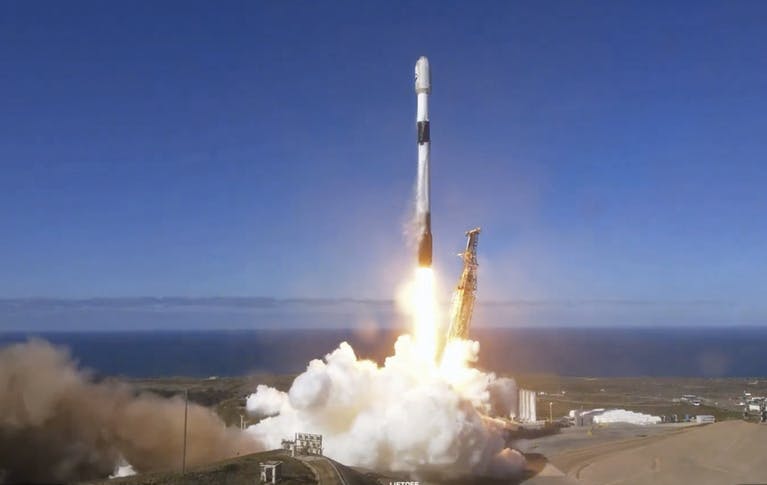Two Koreas Wage Their Own Version of Star Wars
Highly unambiguous multisyllabic verbal spats are launched in a galaxy not so far, far away.

North and South Korea are waging their own special version of Star Wars as the first military spy satellites launched by either of the two Koreas orbit the earth while supposedly sending back images showing what the other side is doing.
In the contest between eyes in the skies, however, there’s no doubt the military satellite launched last week by South Korea is providing more reliable information. It’s the first of five that the South plans to put up over the next two years to glimpse as much of the north as it can save for the caves and tunnels in which they conduct much of their nuclear program.
No sooner was the South Korean satellite in orbit than it was already detecting tiny stuff from its vantage between 400 and 600 kilometers above the earth’s surface. South Korea’s Yonhap News quoted a defense official as claiming “our satellite technology ranks in the top five globally.”
There was no way of substantiating that boast, but it was easy to conclude that the South Korean satellite was more reliable than its North Korean rival. A week after the launch of the North’s Malligyong-1 satellite, Pyongyang’s Korean Central News Agency said it had “started to discharge its mission” of detecting what the Americans were doing on some of their bases. It offered no details.
Nor has North Korea released any of the images relayed from the satellite that it claimed the North’s leader, Kim Jong-un, had looked at a day after the launch. The absence of further claims from the North fed suspicions that the satellite did not have the technology for providing detailed imagery, but one thing distinguished its satellite launch from that of South Korea.
While North Korea no doubt had Russian technology and advice, South Korea had even more foreign help. The North fired off its satellite from its own Sohae facility near the Chinese border, but South Korea had to thank Elon Musk’s SpaceX program for hurtling its creation into space on a SpaceX Falcon 9 rocket from California’s Vandenberg Space Force Base.
North Korea, relishing the success of launching its satellite after two failures this year, covered up the dearth of information with a propaganda barrage in which it threatened war against any nation that would dare knock its satellite down. The North Korean threat was notable for the fact the Americans are not known to have tried shooting down the satellites of hostile countries.
North Korea went into paroxysms of indignation in response to the White House claim that the satellite, relying on the technology for firing long-range missiles capable of carrying warheads to North America, violated United Nations sanctions. The North accused the Americans of a “double standard” by launching the South Korean satellite.
The White House, meanwhile, urged the North to engage in “serious negotiations.” That’s not going to happen any time soon, judging from a statement by Kim Jong-un’s younger sister, Kim Yo-jong, viewed as the second most powerful person in North Korea. Rejecting any chance of talks, she said “the U.S. high-handed and arbitrary practices to disturb and oppress” North Korea pose “the main threat to international peace and security.”

